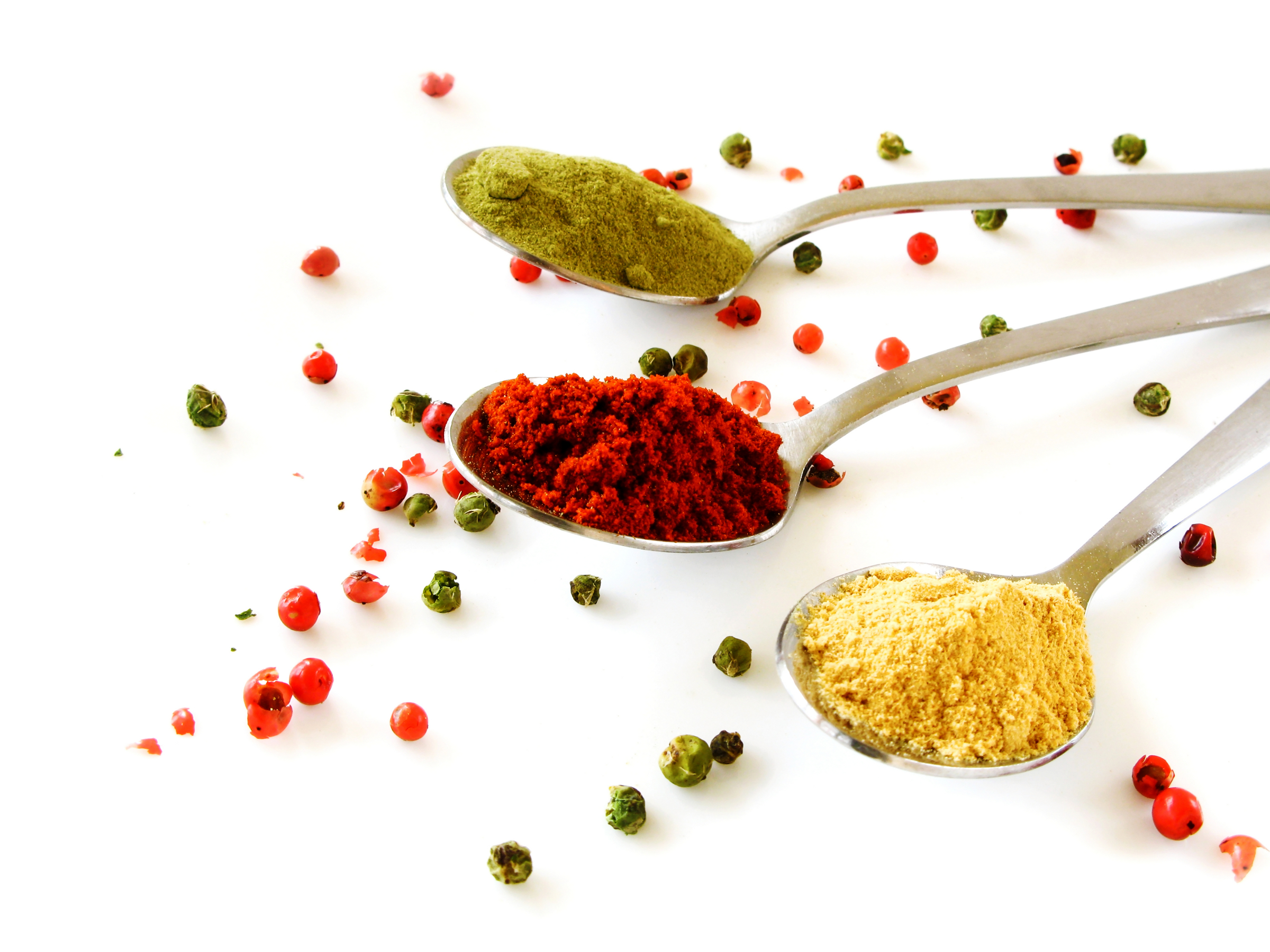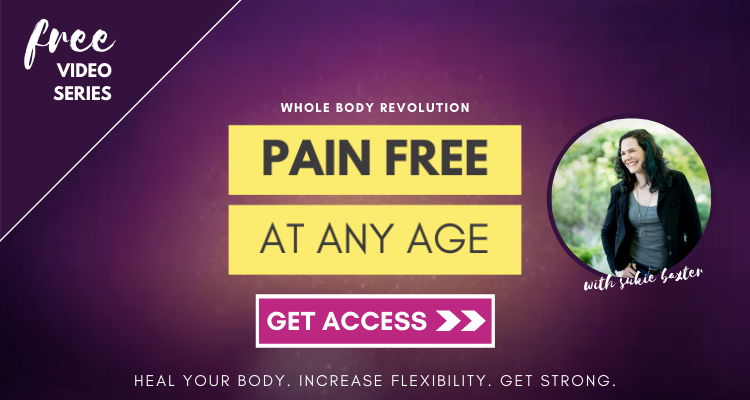Do you notice a heavy, bloated feeling when you eat? Do you frequently suffer from gas, bloating and indigestion? Here’s a tip that will help you not only eliminate digestive issues but also get way more nutrition out of your food.
Whenever possible, youʼll want to consume your vegetables raw and uncooked. Heating food above 115 degrees Fahrenheit destroys the enzymes in the plant. Enzymes break down the food inside your body and make the nutrients available to your cells.
Your body does produce enzymes on its own; however lifelong habits of eating over processed “dead” foods (like corn chips, white bread, tortillas, crackers, cookies, hydrogenated fats and oils, etc) take an enormous toll on your bodyʼs ability to produce enzymes. The older you get, the fewer enzymes you have available to help you break down food.
Lactose intolerance is, in fact, an enzyme deficiency. Lactose is a sugar in milk that requires the enzyme lactase to break it down. Most people donʼt produce lactase and, thus, are lactose intolerant.
If you find that eating raw produce is difficult at first, I suggest you supplement your meals with a few capsules of plant based digestive enzymes. You can purchase these at any health food store – just ensure that they are plant based.
In fact, if you want to boost your detoxification results, take enzymes even if produce isnʼt a problem! They will help to digest any food residue hanging out in your digestive tract and fermenting. This happens when food is incompletely broken down, causing gas, bloating and indigestion. Digestive enzymes will give you back that light, free feeling in your belly!


